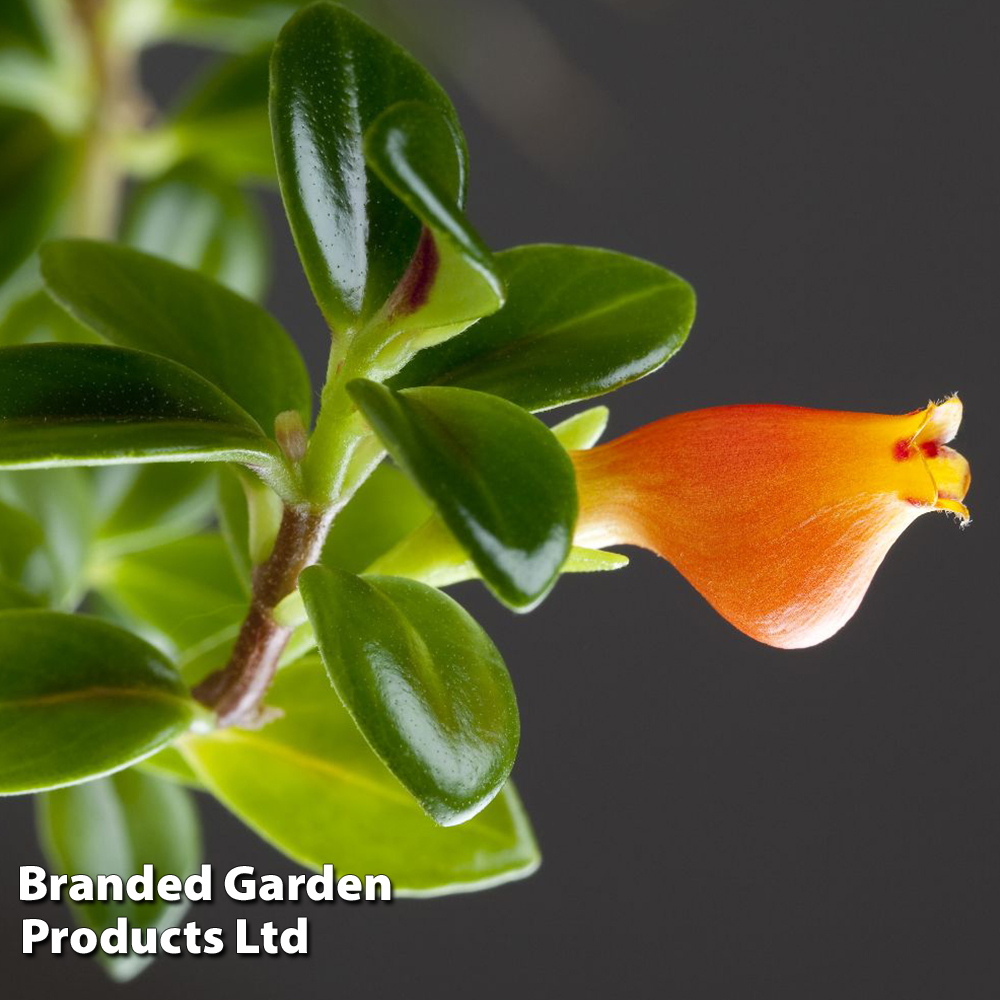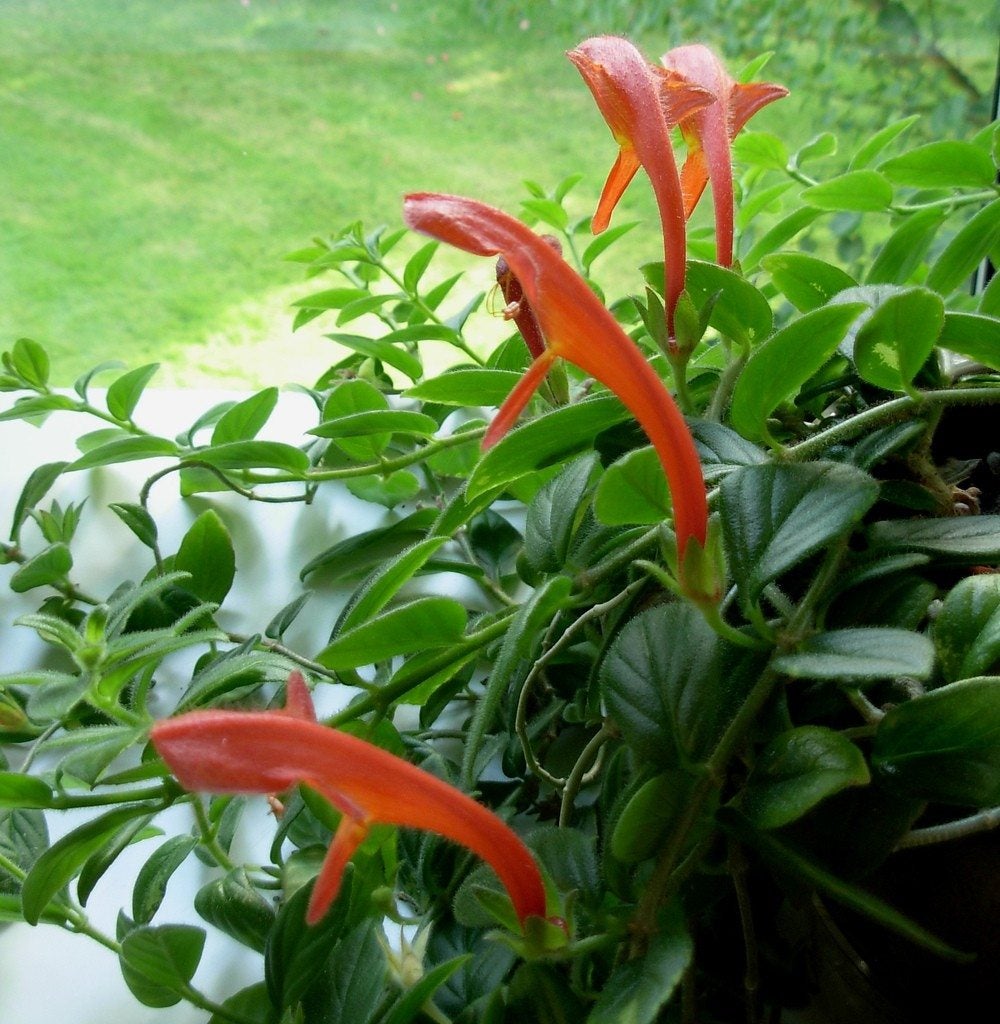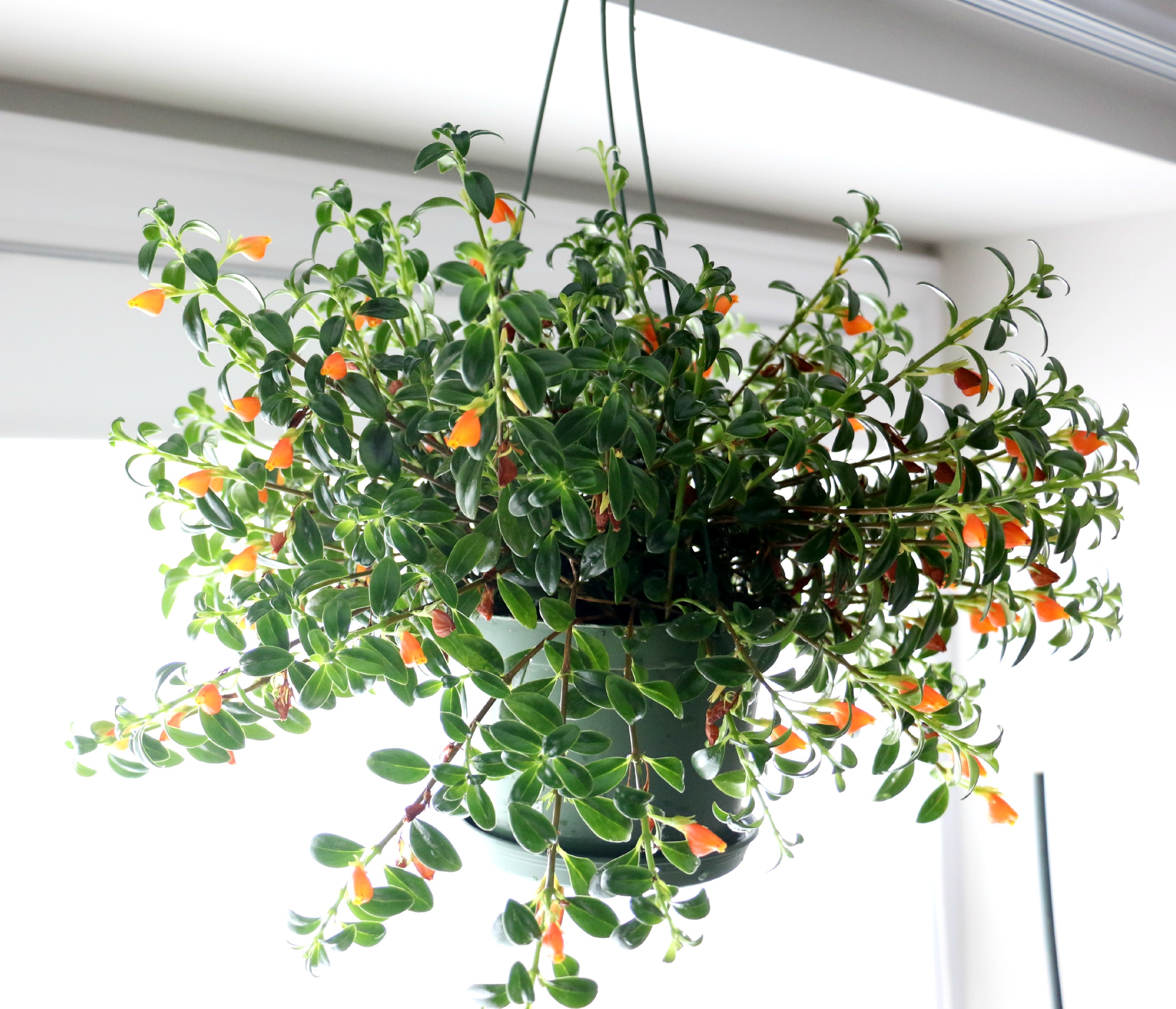The Captivating Charm of the Goldfish plant: A Comprehensive Guide
The Goldfish Plant, scientifically known as Nematanthus (formerly Hypocyrta), is a whimsical and eye-catching houseplant cherished for its unique, pouch-like flowers that resemble leaping goldfish. Originating from the tropical rainforests of Brazil, this epiphyte or semi-epiphyte brings a touch of exotic beauty to any indoor space. Its glossy, dark green leaves and vibrant blooms create a delightful contrast, making it a popular choice for both seasoned plant enthusiasts and beginners.
This comprehensive guide delves into the fascinating world of the Goldfish Plant, covering everything from its botanical origins and varieties to its care requirements and propagation techniques.
Botanical Background and Varieties

The genus Nematanthus belongs to the Gesneriaceae family, which also includes popular houseplants like African violets and gloxinias. The name “Nematanthus” derives from the Greek words “nema,” meaning thread, and “anthos,” meaning flower, referring to the slender flower stalks.
The Goldfish Plant is renowned for its distinctive flowers, which typically appear in shades of orange, red, or yellow. These blooms are characterized by their inflated corollas, resembling the body of a goldfish, and their narrow, tubular openings, which resemble the fish’s mouth.
Several species and cultivars of Nematanthus are cultivated as houseplants, each with its own unique characteristics:
Nematanthus gregarius
This is the most common and widely cultivated species. It features small, glossy leaves and abundant orange flowers. It is often referred to as the “Candy Corn Plant” due to the flower’s resemblance to the popular confection.
Nematanthus wettsteinii

Known for its larger, more dramatic flowers, this species boasts vibrant red or orange blooms with a more pronounced pouch shape. Its leaves are also larger and slightly more succulent than N. gregarius.
Nematanthus ‘Tropicana’
A popular cultivar with bright orange flowers and a compact growth habit. It is a prolific bloomer and well-suited for hanging baskets.
Nematanthus ‘Golden West’
This cultivar is distinguished by its golden-yellow flowers, offering a unique twist on the classic orange blooms.
Nematanthus ‘Black Gold’
This variety is known for its darker, almost black leaves that contrast beautifully with the bright orange flowers. It adds a touch of drama to any collection.
Nematanthus nervosus

This species has distinctive veining on its leaves, making it a visually appealing addition to any collection. Its flowers are typically orange and smaller than those of N. wettsteinii.
Optimal Growing Conditions
To thrive and produce its signature blooms, the Goldfish Plant requires specific growing conditions that mimic its natural habitat.
Light
The Goldfish Plant prefers bright, indirect light. Direct sunlight, especially during the hottest parts of the day, can scorch its leaves. An east or north-facing window is ideal. If you’re growing it under artificial light, provide about 12-14 hours of light per day.
Temperature
This tropical plant thrives in warm, humid conditions. The ideal temperature range is between 65°F and 80°F (18°C and 27°C). Avoid exposing it to temperatures below 55°F (13°C), as this can damage the plant.
Humidity
High humidity is crucial for the Goldfish Plant. Aim for humidity levels between 50% and 70%. You can increase humidity by:
Using a humidifier
Placing the plant on a pebble tray filled with water
Misting the plant regularly
Grouping plants together
Watering
The Goldfish Plant prefers consistently moist, but not soggy, soil. Water thoroughly when the top inch of soil feels dry. Allow excess water to drain completely to prevent root rot. During the winter months, reduce watering slightly as the plant’s growth slows down.
Soil
Use a well-draining potting mix that is rich in organic matter. A mix designed for African violets or bromeliads is often suitable. You can also create your own mix by combining equal parts of peat moss, perlite, and orchid bark.
Fertilizing
Feed your Goldfish Plant regularly during the growing season (spring and summer) with a balanced liquid fertilizer diluted to half strength. Fertilize every two to four weeks. Avoid fertilizing during the winter months.
Pruning and Maintenance
Regular pruning is essential for maintaining the Goldfish Plant’s shape and promoting bushier growth.
Pinching
Pinching back the tips of new growth encourages branching and results in a fuller plant.
Deadheading
Remove spent flowers to encourage continuous blooming and prevent the plant from wasting energy on seed production.
Repotting
Repot your Goldfish Plant every one to two years, or when it outgrows its current pot. Choose a slightly larger pot and use fresh potting mix.
Propagation
The Goldfish Plant can be easily propagated through stem cuttings.
Stem Cuttings
1. Take a 3-4 inch stem cutting from a healthy, non-flowering stem.
2. Remove the lower leaves, leaving a few leaves at the top.
3. Dip the cut end in rooting hormone (optional).
4. Plant the cutting in a moist potting mix or perlite.
5. Cover the cutting with a plastic bag or place it in a propagator to maintain humidity.
6. Place the cutting in a warm, bright location, but avoid direct sunlight.
7. Roots should develop within a few weeks.
8. Once roots are established, transplant the cutting into a larger pot.
Common Problems and Solutions
While the Goldfish Plant is relatively easy to care for, it can be susceptible to a few common problems.
Leaf Drop
This can be caused by a variety of factors, including:
Underwatering or overwatering
Low humidity
Cold drafts
Insufficient light
Pest Infestations
The Goldfish Plant can be vulnerable to pests such as:
Aphids
Mealybugs
Spider mites
Inspect your plant regularly for signs of pests and treat infestations promptly with insecticidal soap or neem oil.
Root Rot
This is caused by overwatering and poor drainage. Ensure that your plant is potted in a well-draining mix and allow the soil to dry slightly between waterings.
Lack of Blooms
This can be caused by:
Insufficient light
Inadequate fertilization
Improper pruning
Ensure that your plant is receiving adequate light, fertilizer, and pruning to encourage blooming.
Bringing the Goldfish Plant into Your Home
The Goldfish Plant is a delightful addition to any indoor garden. Its unique flowers and glossy foliage bring a touch of tropical charm to any space. It is particularly well-suited for hanging baskets, where its cascading stems and vibrant blooms can be fully appreciated.
When selecting a Goldfish Plant, choose a healthy specimen with lush foliage and numerous buds or flowers. Avoid plants with yellowing leaves, signs of pests, or root rot.
With proper care, your Goldfish Plant will reward you with a profusion of its charming “goldfish” blooms, bringing a touch of whimsy and beauty to your home. By understanding its needs and providing the right environment, you can enjoy the captivating charm of this unique and rewarding houseplant for years to come.
